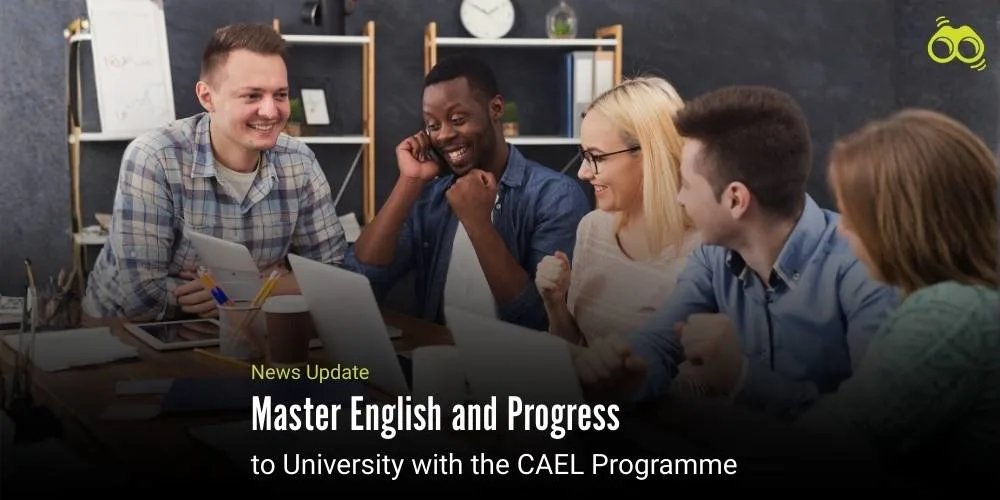Historic Merger to Create New Adelaide University Marks Major Shift in Australian Higher Education
Students Face Degree Changes and Uncertainty Ahead of Adelaide University Merger
The forthcoming merger of the University of Adelaide and the University of South Australia, slated to establish the new Adelaide University in early 2026, represents a landmark moment for Australian higher education. This consolidation in South Australia is anticipated to create one of the nation’s largest tertiary institutions, with an estimated enrolment of 70,000 students and a workforce of 11,000 staff.
Many students found themselves navigating a range of unexpected changes to their degree courses as the transition neared completion. Gabbi, who was studying International Development at the University of Adelaide, had planned to complete her final year part-time to balance work and family commitments. She was surprised to receive an email in early 2025 informing her that her standalone degree would be discontinued and reclassified as a Bachelor of Arts with a major in International Development.
In addition, Gabbi was told her minor in gender studies would not be formally recognised, although the credit would still count. She said, “I was disappointed, because I had really worked hard for the minor, and I felt that it deserved formal acknowledgement.” This prompted her to take on a full study load for 2025, describing the year as chaotic and noting that she had to significantly reduce her part-time employment.
According to Oliver Shephard-Bayly, President of the UniSA Student Association, Gabbi is one of thousands of students affected by the merger. Many are experiencing disruptions to their academic plans, particularly in the arts and specialised subjects. He highlighted concerns around extended study durations, the availability of majors and minors, and whether students would be able to graduate with the qualifications they originally enrolled in.
He also pointed to ongoing uncertainties regarding course delivery, including which campuses would host specific programmes, the reduction of face-to-face teaching, and delays in issuing study plans. These challenges reflect broader issues in student experience and curriculum redesign during large-scale changes to the higher education system in Australia. In response, Adelaide University stated that most degree programmes would undergo adjustments in content, delivery methods, and naming. These changes, the university explained, are intended to better prepare students for future employment and meet industry expectations. While final course details are still being confirmed, the university assured that programmes would integrate face-to-face teaching with modern digital approaches.
The university also reported that over 37,000 personalised study plans had already been issued, with all students expected to receive theirs before enrolments open in December. A dedicated Student Transition Support team has been established to assist with individual queries. Meanwhile, staff have raised concerns. Dr Andrew Miller, South Australian Secretary of the National Tertiary Education Union, said communication around course integration had been unclear. He noted that long-standing courses had been removed without consultation, and the draft timetable for 2026 had caused distress among academic staff.
Dr Miller explained that the short timeframe for the merger had placed pressure on staff, who were expected to build a new institution while continuing their regular duties. He estimated that around 1,700 systems needed to be integrated, with limited time for testing and problem-solving. The union is also negotiating with the university to finalise a new enterprise agreement aimed at addressing pay equity and providing greater stability for staff. In its statement, Adelaide University acknowledged the additional workload and said both founding universities had introduced support measures. These include hiring additional staff, reducing non-essential activities, and providing well-being resources for employees.
Despite the challenges, Gabbi said she recognised the long-term benefits of the merger. However, she believed that many students had been caught in the midst of a difficult transition. She expressed gratitude for having completed her degree under the previous structure and acknowledged the efforts of university teams working behind the scenes. The merger is expected to have a lasting impact on South Australia’s higher education landscape as Adelaide University prepares to open. Beyond this, the transitional experience of students and staff highlights the importance of clear communication, careful planning, and well-supported reform efforts at every stage—even as the new institution promises scale, innovation, and economic growth.
Editor’s Note
Established as part of a major reform in Australian higher education, the new Adelaide University represents ambition, innovation, and institutional strength. The merger of the University of Adelaide and the University of South Australia is expected to create one of the country’s largest tertiary institutions, offering modernised programmes and expanded opportunities. Yet, behind this ideal vision lies a complex transition, with students and staff facing sudden changes and uncertainty. Experiences like Gabbi’s, involving unexpected restructuring of her degree, reveal the tension between long-term reform goals and the immediate realities faced by those caught in the process. As the merger progresses, concerns around communication and planning inconsistencies continue to grow. Graduation pathways, course availability, and recognition of academic achievements—alongside increased workloads and unclear instructions—have become pressing issues for academic staff. These challenges offer a vital lesson for higher education leaders: structural innovation must be matched by consistent communication, thorough planning, and genuine concern for those affected. Without these, students and staff may experience a decline in morale, and the foundation of the new institution may begin to falter. For Adelaide University to succeed, scale, resources, and reputation alone will not be enough. There must be a balance between bold reform and a humane approach. No matter how visionary the change, it must remain centred on people—acknowledging the lives shaped by its outcomes.
As per Skoobuzz, the merger is a reminder that while bold decisions are often necessary for progress, they must be carried out with care, patience, and clarity. For Adelaide University to truly become a leading example of modern higher education in Australia, it must prioritise the well-being and trust of its students, staff, and wider community.
FAQs
1. What is Adelaide University and when will it open?
Adelaide University is a new institution formed through the merger of The University of Adelaide and the University of South Australia. It is scheduled to open in early 2026 and will become one of the largest providers of higher education in Australia, with approximately 70,000 students and 11,000 staff.
2. What changes are happening to degree structures before Adelaide University’s launch?
Most degree courses will change content, delivery format, and programme naming. These adjustments are intended to align with industry needs and future employment trends. Some standalone degrees are being reclassified, and certain minors may no longer be formally recognised, although credit will still be retained.
3. How will the merger affect students at the University of Adelaide and UniSA?
Students may experience disruptions to their study plans, including changes to majors and minors, course availability, and campus delivery. There have also been delays in issuing personalised study plans, causing uncertainty for many students during the transition.
4. What new degree options will Adelaide University offer from 2026?
While final details are still being confirmed, Adelaide University has stated that programmes will combine face-to-face teaching with modern digital learning technologies. The redesigned curriculum aims to offer flexible, future-focused education across disciplines.
5. How are teaching staff and students responding to degree restructuring?
Many students and staff have raised concerns about unclear communication, course removals, and timetable changes. Staff unions have highlighted the pressure of merging systems and maintaining regular operations, while students have expressed stress over altered graduation pathways and academic recognition.
6. What support is available for students during the transition?
The university has established a Student Transition Support team to assist with individual queries. Over 37,000 personalised study plans have already been issued, and all students are expected to receive theirs before enrolments open in December.
7. What impact will the new Adelaide University have on higher education in South Australia?
The merger is expected to reshape tertiary education in South Australia, bringing scale, innovation, and economic growth. Modelling suggests the new university could contribute $500 million annually to the state’s economy, while offering expanded academic and research opportunities.
8. Will students be able to graduate under their original degree structure?
Some students, like Gabbi, have opted to accelerate their studies to graduate under the original framework. Others may need to adapt to the new structure, depending on programme availability and academic timelines.
9. What is the role of the National Tertiary Education Union in the merger?
The union is actively negotiating with the university to finalise a new enterprise agreement. It is advocating for pay equity, staff wellbeing, and recognition of the additional workload involved in building the new institution.
10. Why is the merger considered a major reform in Australian higher education?
This merger represents one of the most ambitious tertiary education reforms in Australia, aiming to consolidate resources, modernise curriculum delivery, and enhance global competitiveness. It also highlights the importance of clear communication and stakeholder support during large-scale institutional change.














0 Comments (Please Login To Continue)